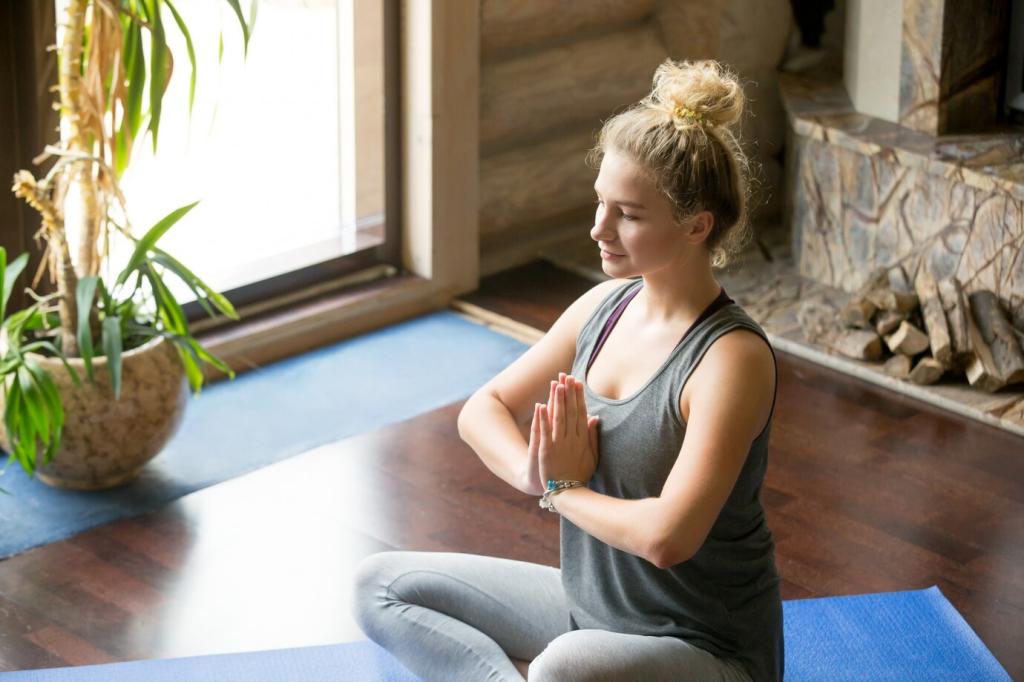Simple Home Rituals for Everyday Peace
Before checking messages, ring a bowl three times and match your breaths to the fading resonance. Set one intention per tone. This tiny practice anchors the day with clarity. Try it for a week and share how your mornings feel different, even on busy days.
Simple Home Rituals for Everyday Peace
Pause at lunch, inhale for four counts, exhale for six, then play a soft chime. Repeat three rounds. Notice your posture uncoil and your attention return. Tell us how this micro-break shapes your afternoon energy and whether coworkers sensed your calmer presence.







